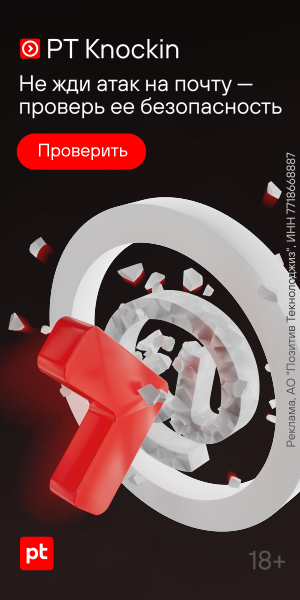Quantum links are said to be unhackable because the "key" used to establish a
secure channel is encoded into the spin of a photon. If the photon is
intercepted, it becomes altered in a detectable way. However, hackers have
discovered loopholes that allow them to escape detection, for instance, by
intercepting the photons and replacing them with copies.
Now Steve Harris's team at Stanford University in California has developed a
photon-hiding system to make the key harder to intercept. They fired a laser at
rubidium atoms, causing them to release infrared "signal" photons, each with an
average frequency of 377 terahertz. The actual values are scattered 3.5
megahertz on each vside of the average.










